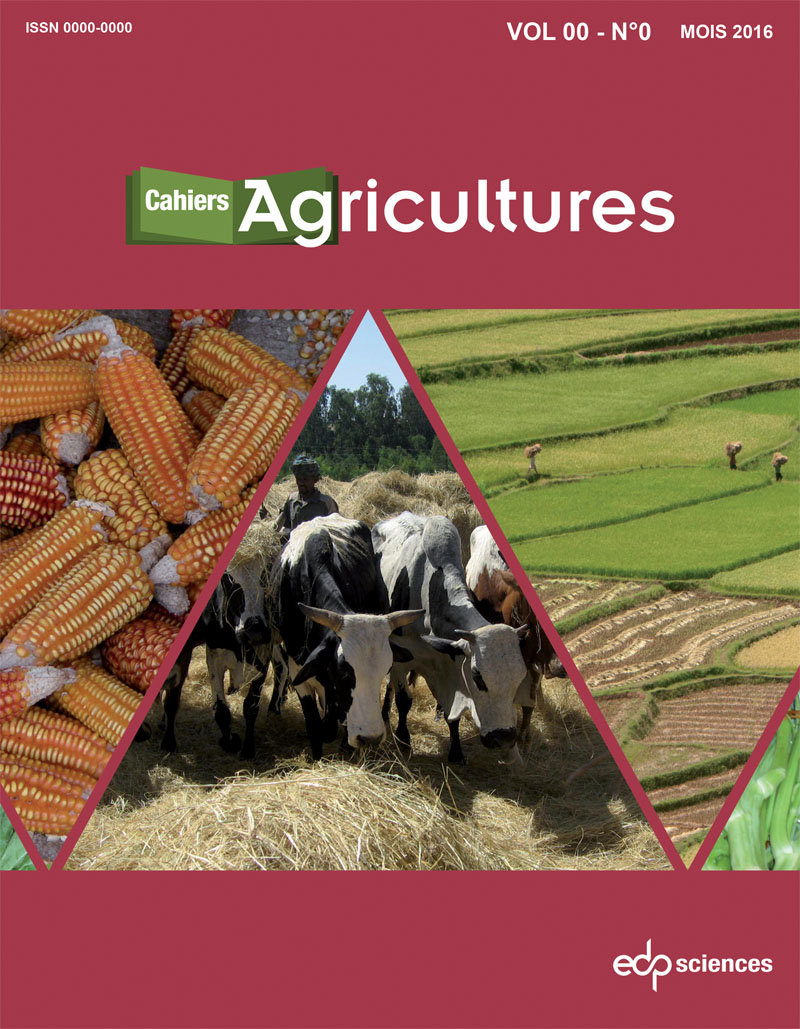Ver ítem
- xmlui.general.dspace_homeCentros Regionales y EEAsCentro Regional Patagonia NorteEEA BarilocheArtículos científicosxmlui.ArtifactBrowser.ItemViewer.trail
- Inicio
- Centros Regionales y EEAs
- Centro Regional Patagonia Norte
- EEA Bariloche
- Artículos científicos
- Ver ítem
Ecosystem services and disservices associated with pastoral systems from Patagonia, Argentina –A review
Resumen
Pastoral systems worldwide secure rural livelihoods in the harshest environments on Earth. Their low productivity per area unit or head makes them the subject of much criticism with regard to their environmental impact, particularly in relation to global warming, desertification and land degradation. Such is the case of the traditional pastoral systems of Patagonia, a vast and isolated region where sedentary and mobile pastoralism coexist and contribute
[ver mas...]
Pastoral systems worldwide secure rural livelihoods in the harshest environments on Earth. Their low productivity per area unit or head makes them the subject of much criticism with regard to their environmental impact, particularly in relation to global warming, desertification and land degradation. Such is the case of the traditional pastoral systems of Patagonia, a vast and isolated region where sedentary and mobile pastoralism coexist and contribute to shape landscapes and cultures.We argue that pastoral systems
provide a wide range of ecosystem services that may compensate for their negative impact on the environment.We review the scarcely available evidence from Patagonia to identify ecosystem services and disservices associated with pastoralism, and pay special attention to the carbon balance: with C footprints between 10 to 40 kgCO2-eq.kg1 carcass, pastoral systems in dry Patagonia are below or within the range of semi-extensive livestock systems worldwide (35–45CO2-eq. kg1 carcass). To inform development and
policy, the assessment of trade-offs and synergies between ecosystem services needs to incorporate the intertwined social and ecological dynamics of complex pastoral systems, along resource regenerative trajectories.
[Cerrar]

Fuente
Cahiers Agricultures 30 : 43 (Noviembre 2021)
Fecha
2021-11-11
Editorial
EDP Sciences
ISSN
1166-7699
Formato
pdf
Tipo de documento
artículo
Palabras Claves
Derechos de acceso
Abierto
 Excepto donde se diga explicitamente, este item se publica bajo la siguiente descripción: Creative Commons Attribution-NonCommercial-ShareAlike 2.5 Unported (CC BY-NC-SA 2.5)
Excepto donde se diga explicitamente, este item se publica bajo la siguiente descripción: Creative Commons Attribution-NonCommercial-ShareAlike 2.5 Unported (CC BY-NC-SA 2.5)


